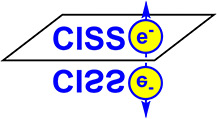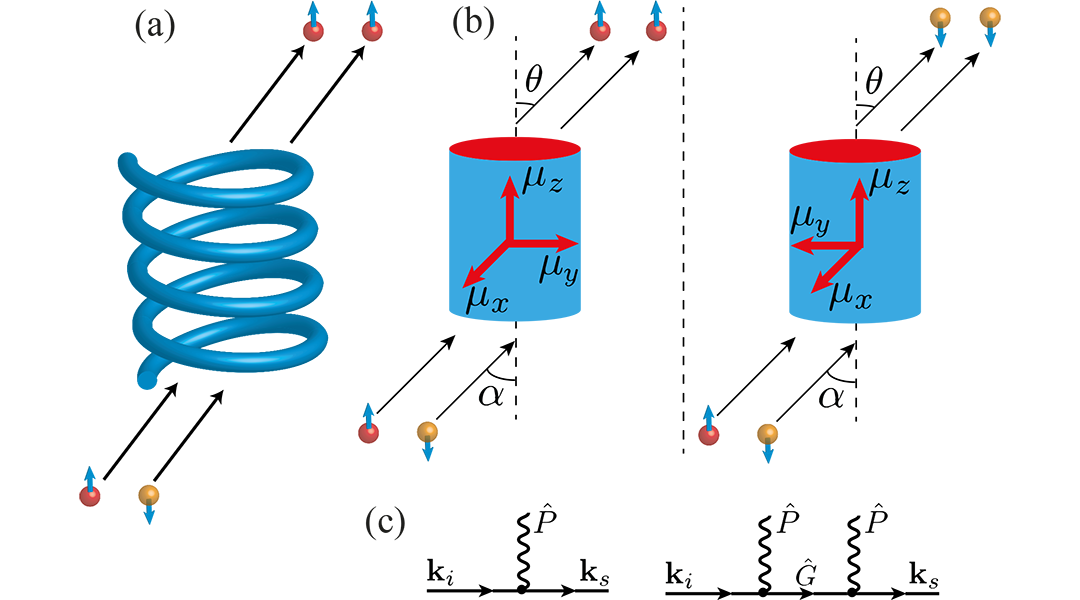ABOUT CISSE
CISSE is a Marie Skłodowska-Curie Actions Doctoral Network that brings together scientists intrigued by the emerging link between chirality and electron spin. This is anideal field to train doctoral candidates and develop fresh views on pivotal chemical concepts.
The project is funded under the Horizon Europe framework programme. The research will be carried out between January 2023 and December 2026.
Ten doctoral candidates are being trained by the CISSE consortium:
DC1/ Pravya P. Nair – Novel molecular systems for high CISS effect (Université Libre de Bruxelles)
DC8/ Ulrich Pototschnig – First-principles approach to exchange effects in CISS – Hamburg University
CONTEXT
Chirality is often considered as a structural properties of molecules, but the concept also applies to elementary particles having a non-zero spin, i.e. electrons at rest are achiral but they acquire a helicity (chirality) in the direction of motion. Consequently, electrons are filtered according to their spin when crossing chiral materials.
This newly uncovered chiral-induced spin selectivity (CISS) effect is surprisingly large. Spin polarization up to 100% has been demonstrated paving the way to multiple applications in chemistry, such as improved control of enantioselective reactions and easier separation of enantiomers. Impacts are also expected in physics (spintronics) and biology (molecular recognition of biomolecules, origin of bio-homo-chirality, magnetic compass of migratory songbirds).
CISS effect is theoretically ill-defined. Sound structure-property relationship lacks also for the link between molecule chirality and CISS effect magnitude.
OBJECTIVES
Objective 1: Conduct finest-quality research training and transfer of knowledge in an interdisciplinary, inter-sectoral, and revolutionary research field
The CISSE consortium members carry out research at the forefront of a number of interlinked theoretical and experimental disciplines involving: molecular design, synthetic chemistry, organic materials, nanoscience, electrochemistry, chirality, surface chemistry, industrial scale up, development of analytical methods and instrumentation.
CISSE will capitalize on these individual achievements to offer the finest training environment to doctoral candidates, enhancing their career perspectives.
Objective 2: To make a giant leap forward into the knowledge and understanding of the intriguing CISS effect
This entails a list of well-defined goals, namely:
- to elucidate the link between molecular structure and spin polarization
- to use spin polarization to trigger and direct CSB at nano and macro scales
- to explore the asymmetric synthesis using the CISS effect in (photo)redox reactions
- to assess the use of CISS effect in multistep syntheses of industrially-relevant molecules
- to quantify the role of spin polarization in the intermolecular interactions of biomolecules and to measure energy scale in bio recognition process
- to understand the role of exchange interactions in CISS effect, vii) to develop analytical methods and instruments to detect spectral signature of CISS effect


